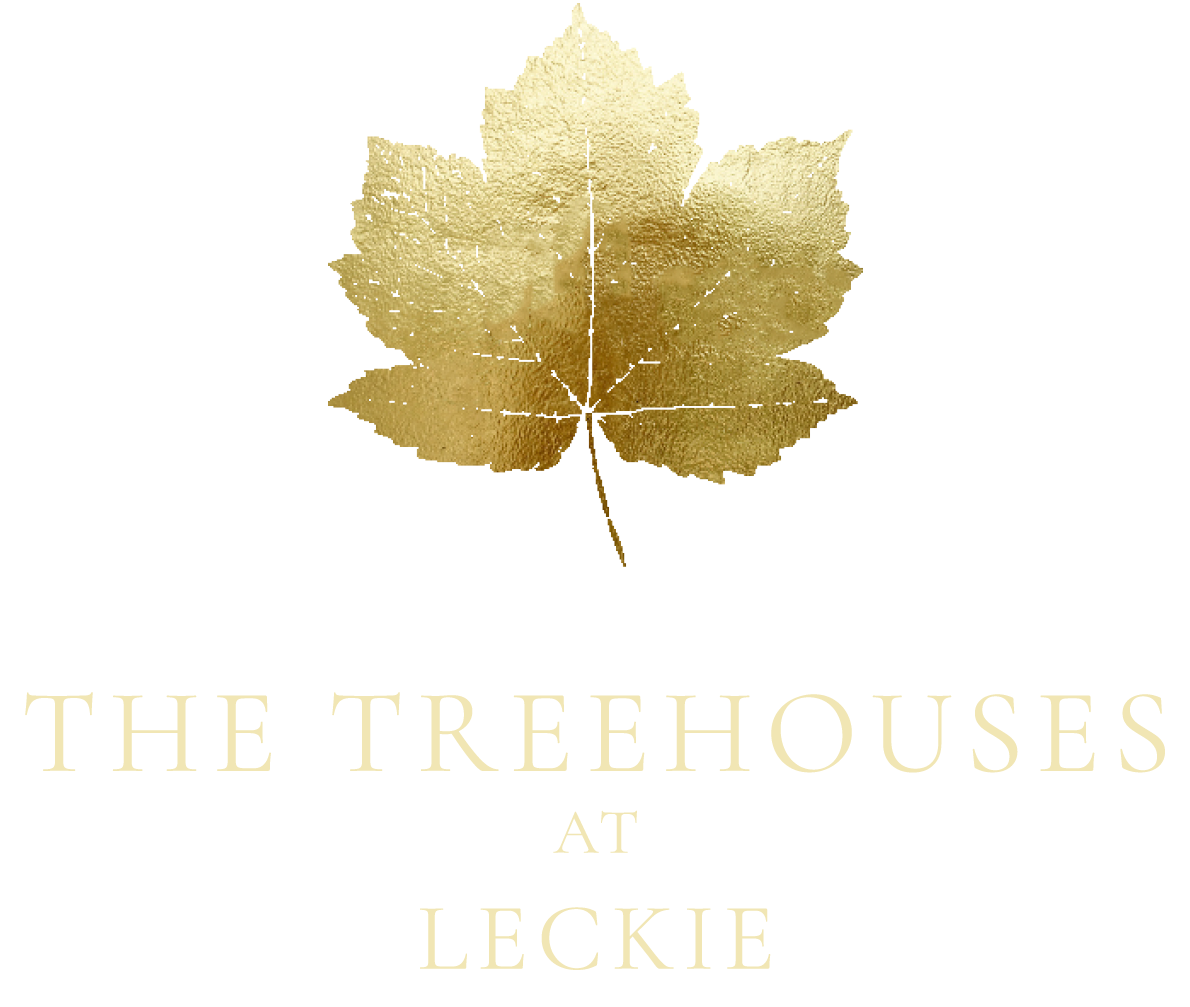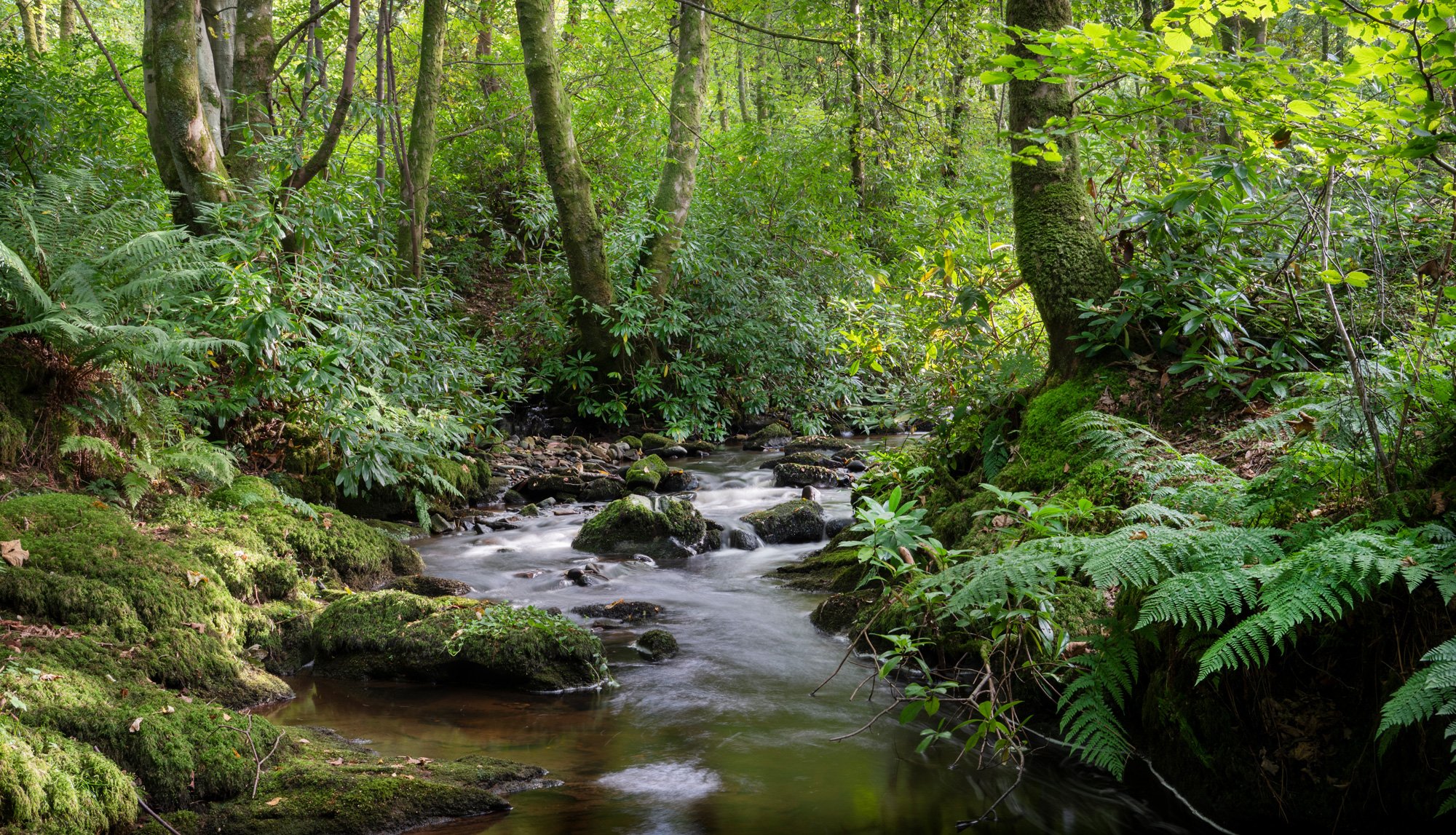
Our Vision for Leckie
Situated at the foot of the Gargunnock Hills in Stirlingshire, Leckie Estate is one of the few spots in Scotland from which you can see Loch Lomond, Edinburgh and Stirling, as it climbs southward from 20 metres above sea level to 485.
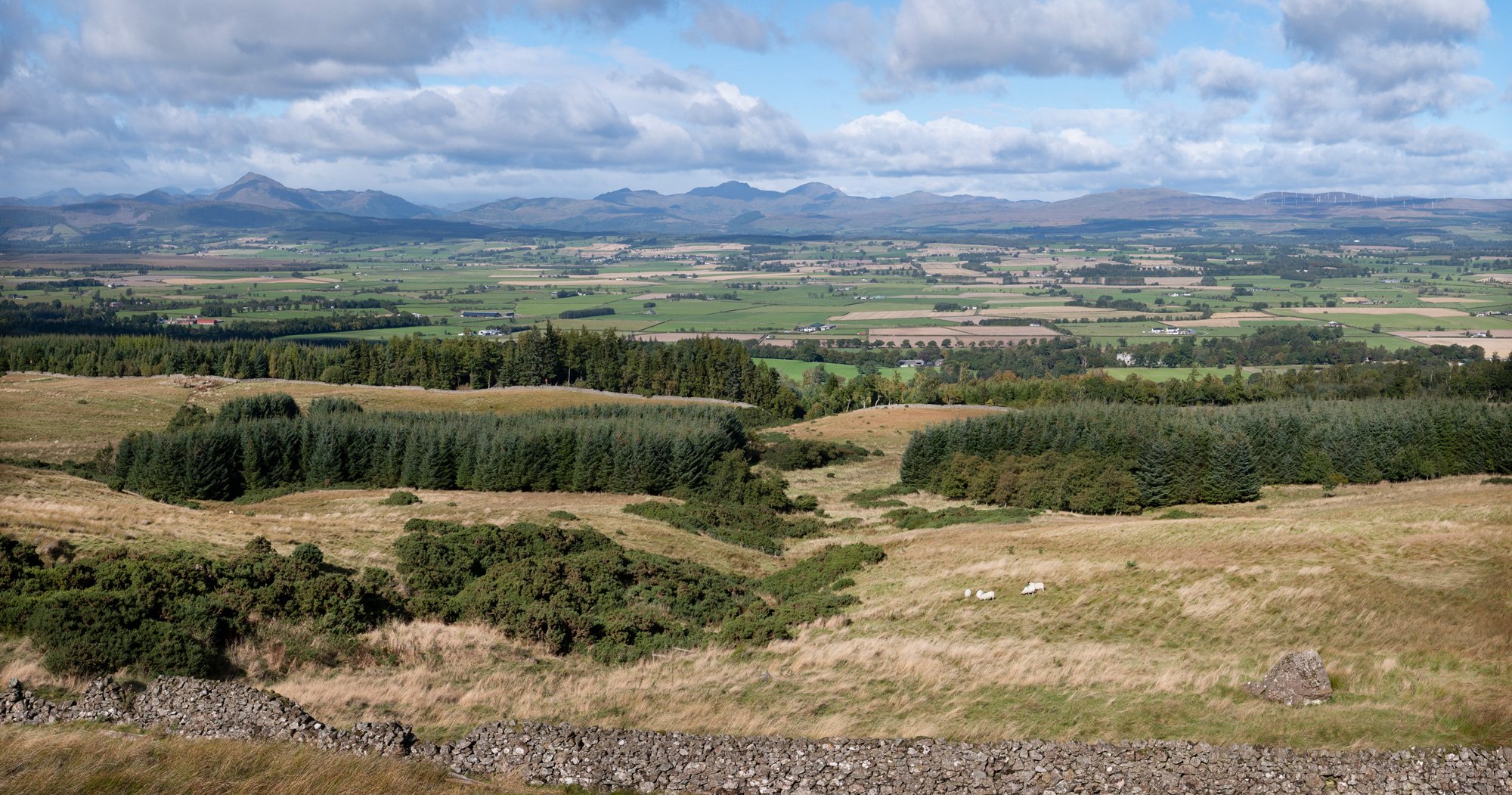

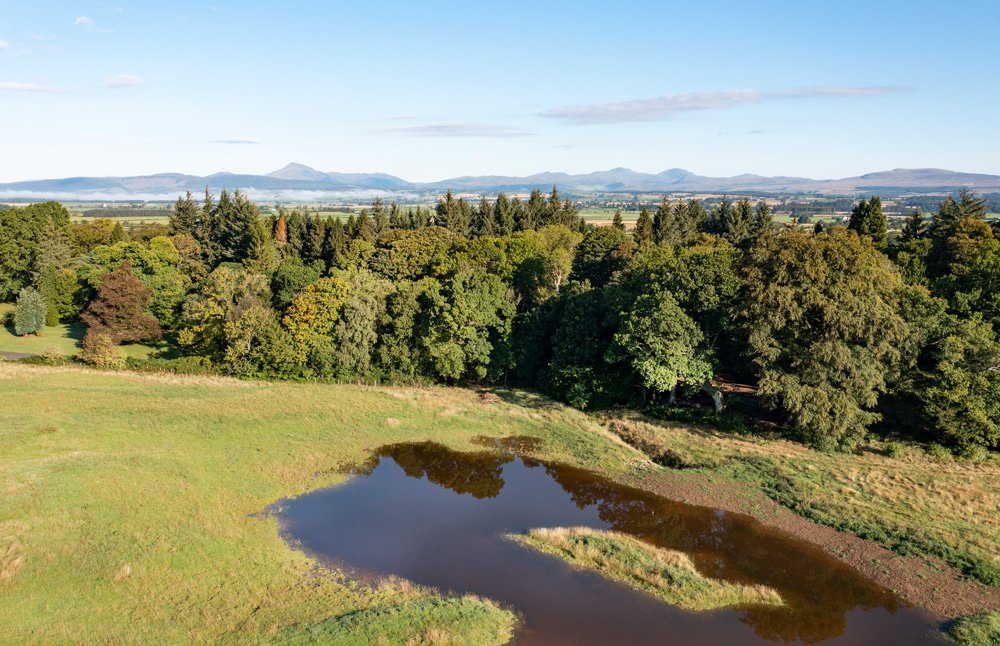
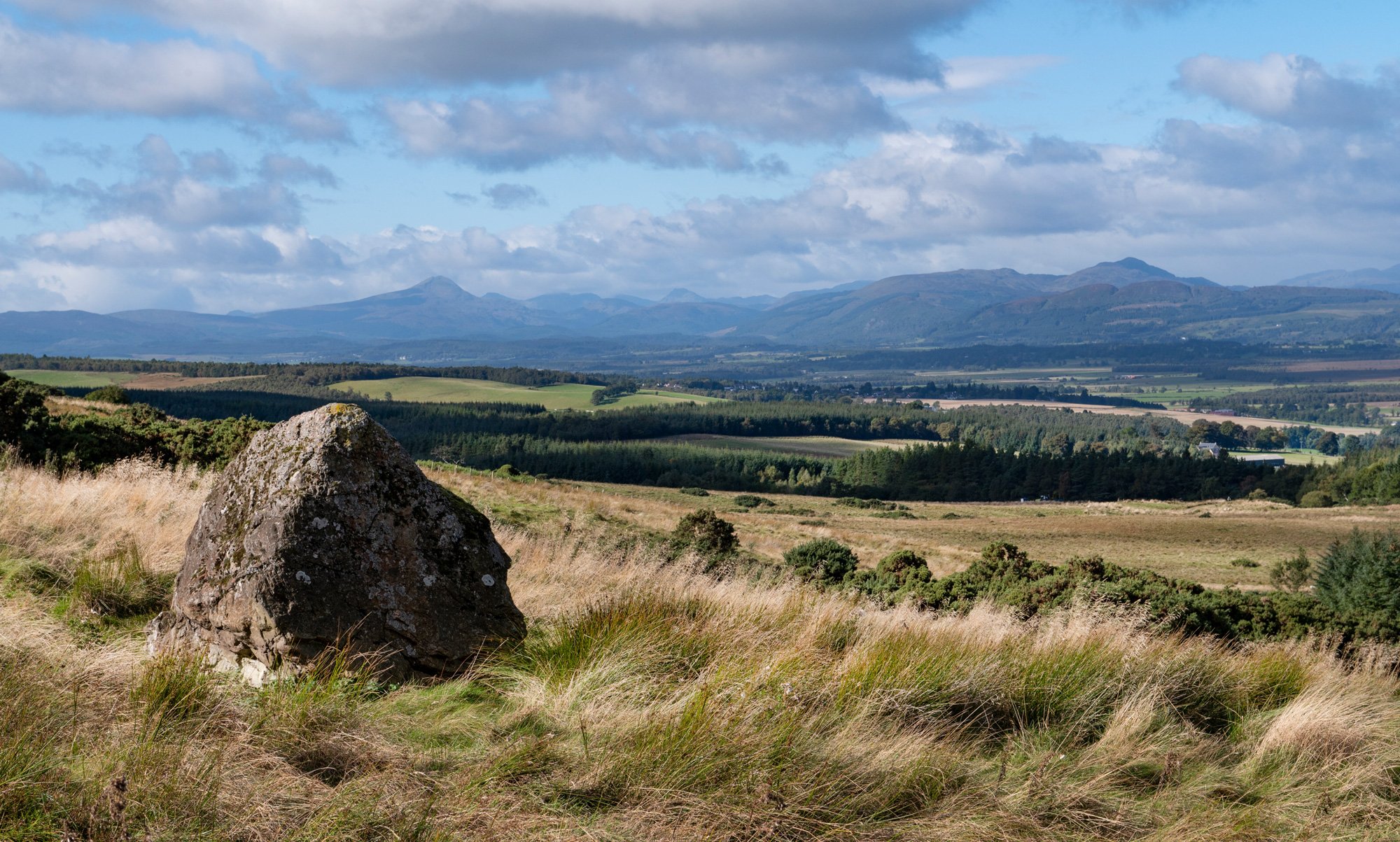



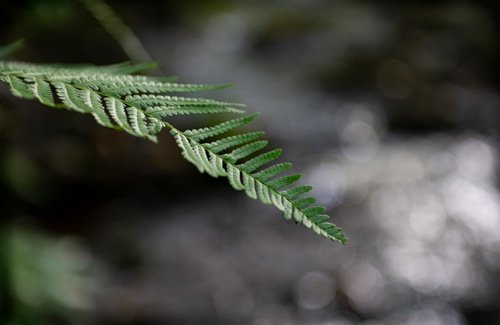
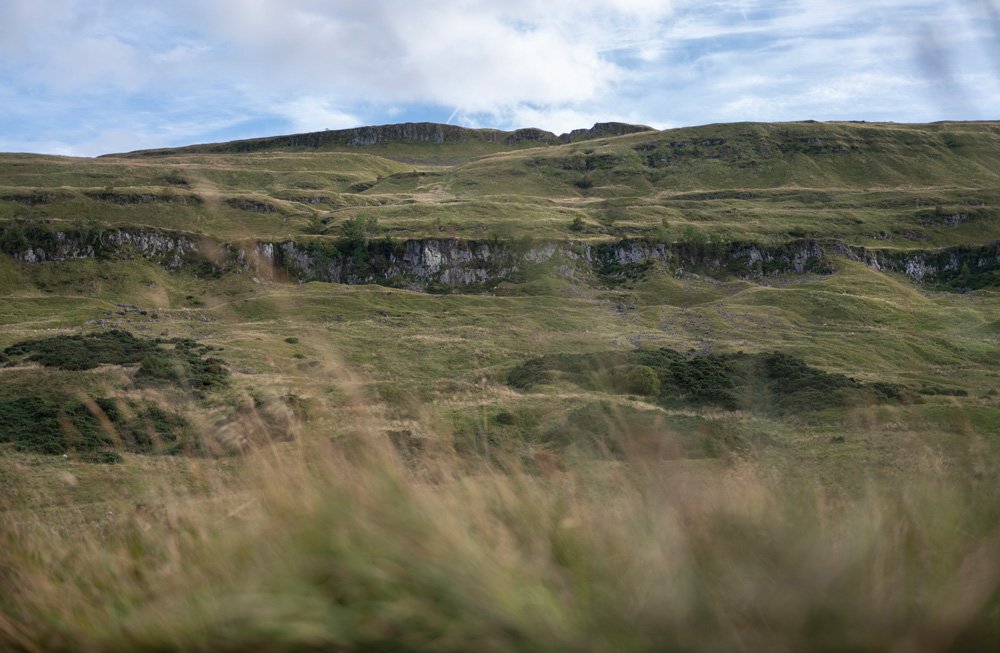
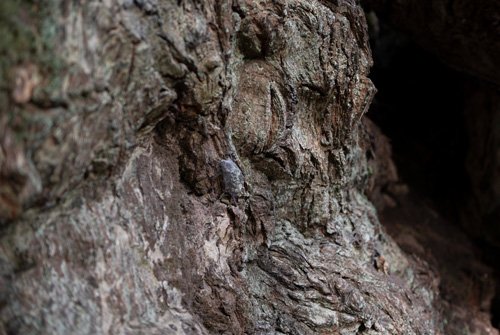
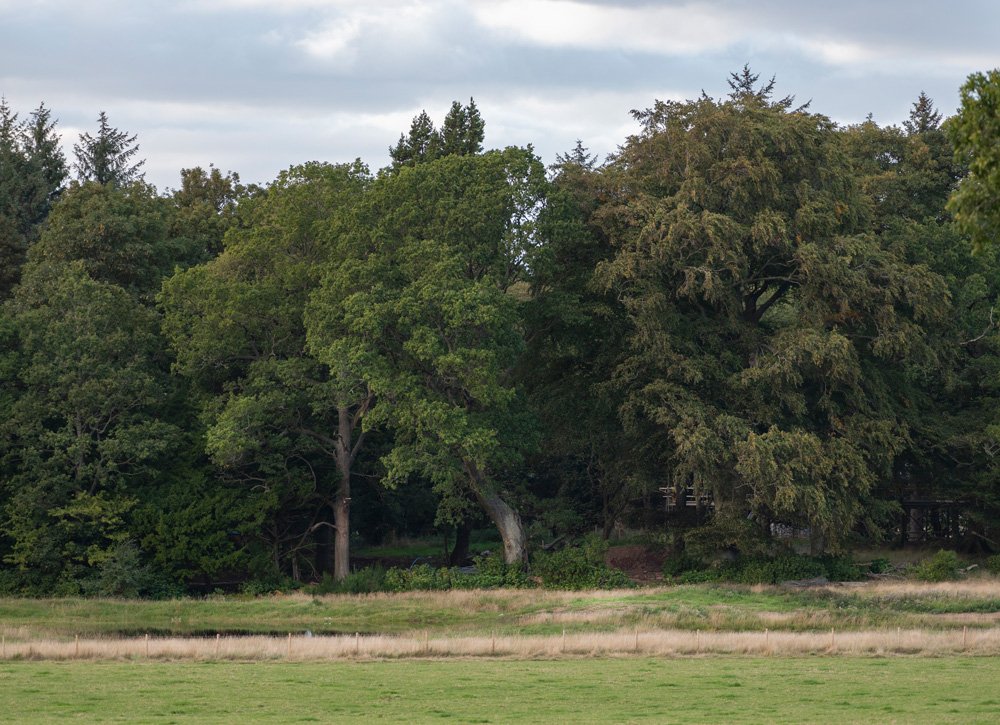

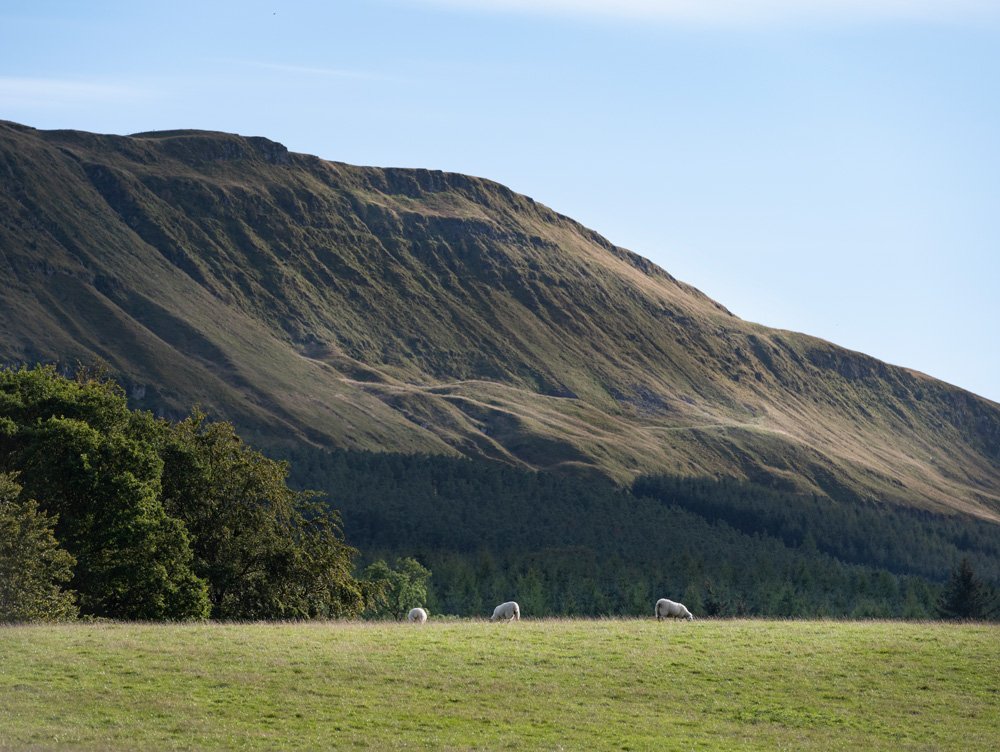
The plan for the estate has been designed to honour the land's unique situation while enhancing its amenity, biodiversity and ability to sequester carbon from the atmosphere.
Focussing on our mission to enhance the widest range of ecosystem services possible, the team at Leckie have embarked on an ambitious transformation of the landscape.
This includes three key areas:
The Treehouses At Leckie
Built and managed by Simon and Louisa Dickson (owners of The Treehouses at Lanrick), The Treehouses at Leckie have been built largely using timber sourced on the estate, keeping the carbon footprint low. Airtight construction, heat pumps and log burning stoves keep the output to a minimum. The addition of the Treehouses to Leckie, enables others to enjoy the stunning scenery and to observe the progress as the land management changes whilst providing a diversified income to enable further investment in the land restoration.
Habitat Restoration
Native tree seed from Leckie has been collected by the Akre team and grown in their carbon-negative tree nursery in Fife. The seedlings are being planted across the marginal grazing land in the northern part of the estate to promote biodiversity and sequester carbon. Naturally regenerating woodland across the moorland and escarpment has been stimulated by the removal of grazing animals. Barn owl boxes have been dotted around the woodlands of Leckie, alongside wild beehives, supporting wild bee populations. A large rhododendron removal project was undertaken in 2021 to allow the understorey of the ancient woodland to naturally regenerate with the next generation of woodlands. Ongoing management will keep the rhododendron under control so the young seedlings can thrive.
Livestock
The Youngers and their three daughters from the neighbouring farm have run their pigs through Spittlalton Wood to break down the bracken and allow the woodland flora to grow. We have Galloway cows and a bull who are our habitat engineers. They are essential to adapting wetland and woodland areas as they cycle nutrients and create microhabitats. As the large herbivores graze, defecate and trample the ground, they make nutrients available for insects and other species while creating seed beds in the soil for the next generation of trees and flora.
